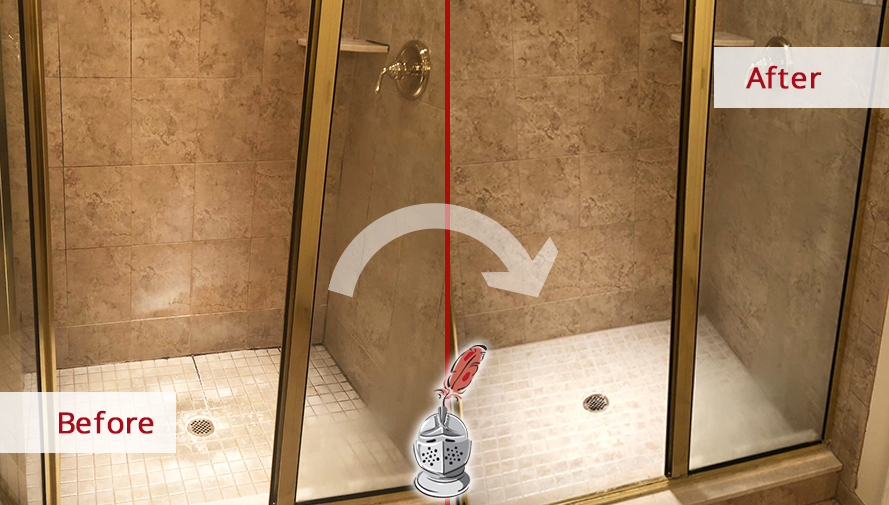Nearly everybody is bound to have their own individual theory when it comes to Looking for Signs of Water Damage in the Bathroom.

The washroom is incredibly prone for wet accumulation as well as possible water damages due to the regular use water in it. This write-up uses simple evaluation methods to aid detecting water damage risks.
The constant use water in the bathroom makes it incredibly prone for wet accumulation and prospective water damage. By checking it consistently, you can reduce water related damages.
The complying with collection of examinations is very easy to perform and ought to be done when in every three months in order to maintain your shower room healthy and also to prevent possible water damages caused by the bathtub, the shower, pipe joints and also plumbing, sinks, closets, and the toilet
Do not overlook carrying out these evaluations as well as be complete while executing them. Keep in mind that these simple inspections can save you a lot of money by offering early indicators for water damages
Sinks as well as Cabinets
Sinks and also closets are subjected to wetness as well as humidity day-to-day and are frequently ignored. Inspect frequently under the sink and on the counter top over it. Fix any kind of drip in the trap as it might recommend drainpipe troubles. Check out the sink, sluggish draining pipelines might suggest a blocked drain. Change sink seals if they are fractured or loose.
Bathtub and Shower
The shower and also bath tub call for unique focus and also upkeep. Inspect the tiles and also change if broken. Make sure that there is no missing out on grout between the tiles. Check as well as replace fractured caulking at joints where the wall surfaces meet the flooring or the tub. Blocked drains and also pipelines problems will certainly stop the bathtub from drying out as well as might show severe problems under the tub. Speak with a professional quickly to avoid structural damages. Take note of stainings or soft areas around the tub walls as they might indicate an inner leak.
Plumbing
Signs for water damage are difficult to spot since a lot of pipelines are set up inside the walls.
Pay unique focus to flooring and wall surfaces wetness and discolorations as they may indicate an unseen plumbing issue. Check dampness levels in adjacent spaces as well.
The Bathroom
The toilet is a prone water junction. Inspect the water lines and look for leakages around the toilet seat, in the tube, as well as under the water container. If you discover any kind of indications of dampness on the floor around the commode, check for leakages in the toilet rim as well as container seals.
Know that hanging toilet dish deodorants boosts the chances for clogs.
Water Damage Signs In The Bathroom To Avoid Cleanup
Musty smell
This is one of the easiest signs to catch because musty smells are so odorous. The damp, earthy, moldy smell should be a big red flag. The smell will develop when moisture gets trapped in surfaces, and begins to facilitate mold growth. Leaking pipes under cabinets, inside walls, and behind shower fixtures will cause moisture to stay trapped and not dry, which will lead to mold growth and spread. As soon as you notice any musty smells in your bathroom, have it checked for hidden water damage and cleanup signs.
Visible mold
If the smell isn’t there to give it away, sometimes you will actually see mold growth. Finding mold in your bathroom is a serious problem, because mold is very harmful to your health. By the time mold growth is visible, it also means that water damage has already occurred and been present for some time. The only way the mold problem can be resolved is to find the source of the moisture and get it stopped. To safely and adequately remove mold, you need to have professionals handle the remediation. Do not waste any time in getting mold problems addressed, fixed, and sanitized so that you can protect you and your family from the many respiratory symptoms caused by mold exposure.
Damaged floors
Bathroom floors should be able to withstand some exposure to water while still remaining in good condition. However, when excess exposure or water leaks occur, they will begin to damage even the most water-resistant flooring. If you notice any cracking, bubbling, staining, or warping on your bathroom floors, there is probably a water leak somewhere causing the distortion. If you notice areas of the floor have become softer, or even have a spongy feeling, there is probably damage to the subfloor. Subflooring is typically made up of plywood. When plywood is exposed to water or moisture, it will absorb it. Once it has become saturated, the weight of the excess water will cause the wood to swell and soften. Check the floors in your bathroom frequently to catch any of these sings before they lead to damaged subflooring.
Changes on walls
When water leaks behind walls, it will cause changes in the drywall. Peeling plaster, blistering paint, and soggy wallpaper are all good indicators that excess water is building up behind the wall. Water leaking behind drywall will cause it to swell and be soft to the tough. If you start to notice gaps along the trim of your walls, or where tile meets the wall, it could also be a strong indicator that there is a leak behind the wall. Any changes, distortion, or damage on the walls should be evaluated as soon as you notice it to prevent further water damage and cleanup.

I found that content about How to Repair and Prevent Bathroom Water Damage while doing a search on the internet. Loved our write-up? Please share it. Let another person locate it. Thanks a lot for your time spent reading it.
Go Deal